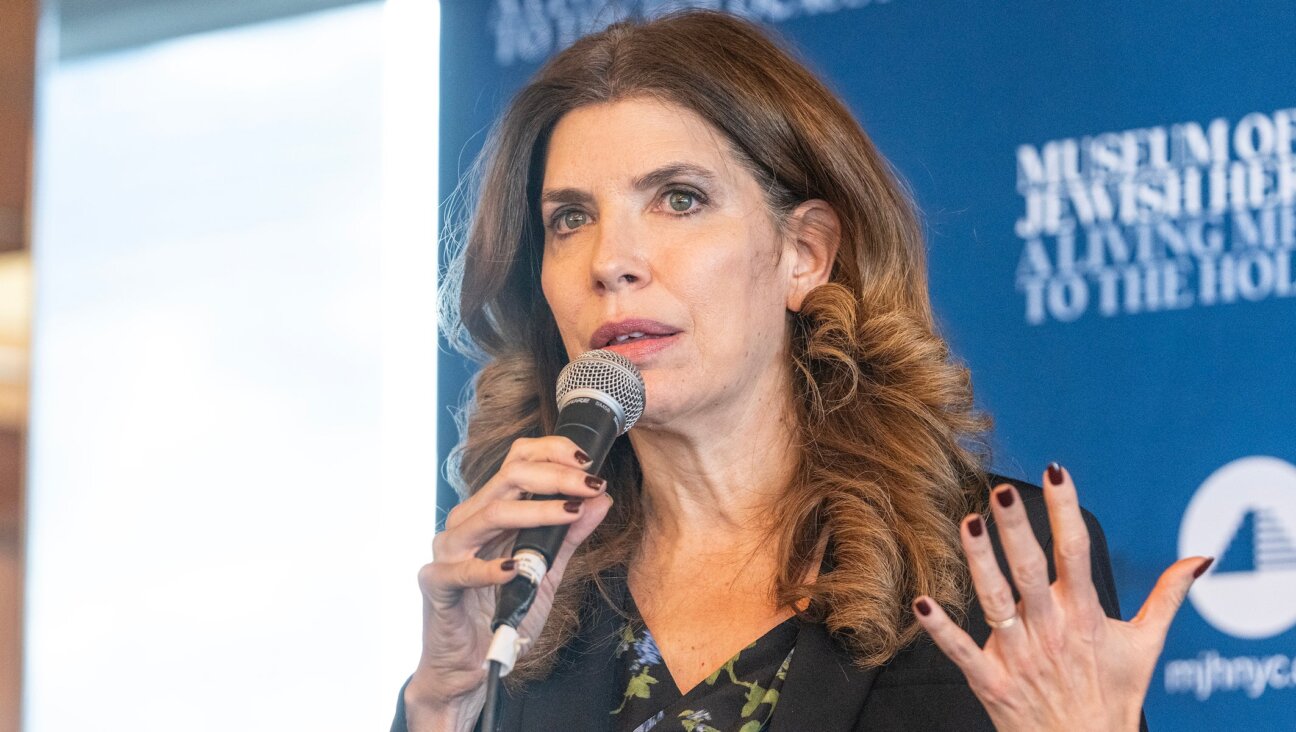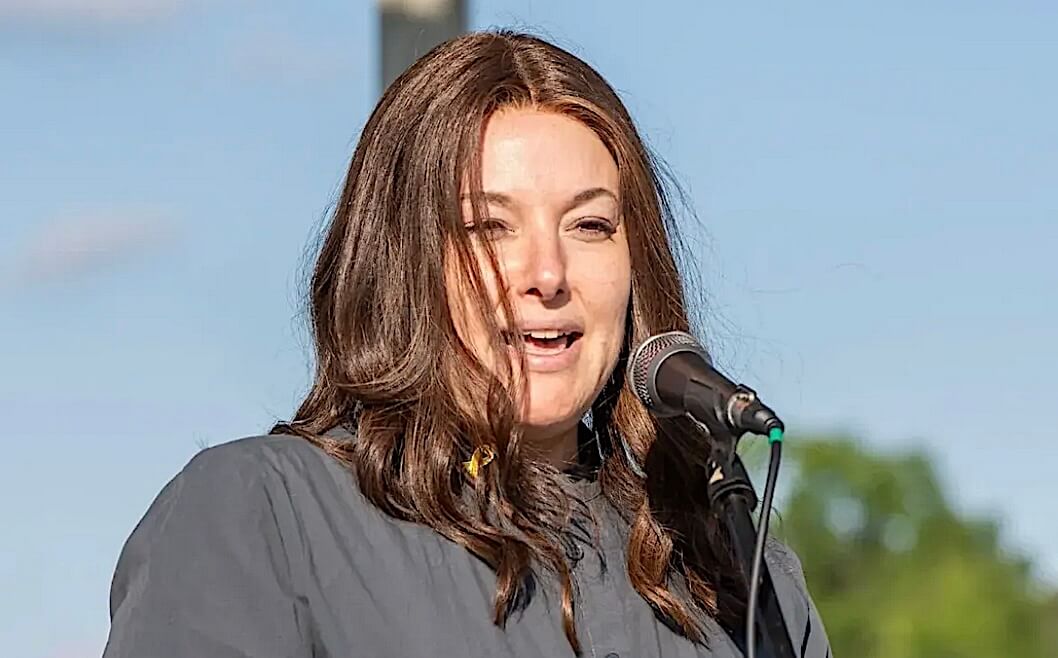The 1% Solution to Jewish Education

Value for Value: Could the rising value of real estate solve the problem of unaffordable Jewish education? Image by Lior Zaltzman
The phone calls and the emails start arriving each year as the first day of school approaches. Parents desperate to give their children a Jewish education flinch at the steep cost. They all ask the same question: How in the world will they afford tuition that tops $30,000 a year?
It’s a question that keeps parents and educators alike up at night, and contributes to a collective communal anxiety.
We all aspire to educate our daughters and sons, molding them into articulate, thoughtful, passionate young adults, steeped in their unique tradition as they face the challenges of modern life. We know that to actualize this aspiration, every Jewish community across the country requires excellent Jewish schools. And yet providing a top-rate private Jewish education for our children from preschool to college presents families with the financial equivalent of running a marathon — formidable for even the well-prepared, impossible for most.
As a head of school who speaks with parents regularly — and as a parent myself who can empathize with them — I feel particularly invested in this crisis. Like Jewish schools elsewhere, my high school actively solicits contributions, leaning heavily on established donors and wealthier families. But these efforts too often require us to tap the same contributors year after year, fueling a cycle of donor fatigue. Many schools, meanwhile, offer interest-free loans to incentivize enrollment on a good faith understanding that families will make every effort to repay the funds. But repayment is nearly impossible to enforce, and often the loans go unpaid.
We need a new approach. And so allow me to put forward what may seem like a radical solution to our private school tuition crisis.
When we discuss this issue around our dinner tables, we often compare annual increases in tuition to rates of inflation, bemoaning the fact that the rising cost of a Jewish education seems to dwarf the increase in other costs of living. Instead, I suggest that we peg escalating school costs to an entirely different measure: the rising value of real estate.
In too many Jewish communities, families often lack liquid assets to pay full tuition. At the same time, they live in homes that can represent equity value in excess of $1,000,000. No one begrudges families their real estate investments. A home is often a family’s most central asset, an actual and symbolic culmination of the American Dream. But if we view the facts on the ground with an eye toward the current crisis in Jewish education, we cannot ignore the reservoir of untapped value in family-owned real estate. Leveraging some of this value may provide the key to helping schools shoulder the financial burden of educating our children.
I would propose that Jewish day schools tap into some of the equity. Under this plan, schools in local communities would be the beneficiary of 1% of the increase in the equity value of a home at the time of its eventual sale.
Consider an example: Let’s say the family of a prospective student owns a home with a value of $1,000,000. Based on a lack of liquidity, however, the family is granted a scholarship benefit of $10,000 per year for that student, or a total of $40,000. Years later, after the child has graduated, the family sells the home for $2,000,000. After brokerage fees and taxes, the family’s net gain is roughly $700,000. At that point, the family would be required to pay 1% of that gain — or $7,000 — for the child for every year of scholarship assistance
In this example, the family would pay $28,000 to the school for four years of education. The same formula would be applied to additional children in the family who received assistance. The amount owed would be capped at the total dollar amount of scholarship assistance — $40,000 in this example. Note that this proposal is based on the gain in property value, not the actual price. Should the family sell at a loss, it would owe nothing to the school. This would remove any anxiety from the process. The school would only make money if the family makes money. Essentially, then, the school would be hedging fundraising efforts against real estate prices, with no risk to families.
Assuming that real estate values increased over time, this approach would provide much needed relief to schools seeking to make Jewish education affordable while increasing the quality of the experience for students. This approach, of course, gambles on rising housing values and on a family actually selling its property. Both of these factors depend on a healthy economy. But I believe the strategy offers a rational way forward for schools beset by a funding crisis that will only continue to deepen.
Tuition is indeed growing more expensive. There is good reason for the increases we see year over year: The quality of Jewish schools has by and large risen considerably in recent decades. We have expanded our offerings, improved our facilities and materials, and hired professionals of the highest caliber for Judaic and secular studies.
All of these wonderful developments cost money, particularly when it comes to personnel, who comprise 80% of a school’s budget. We want top-tier professionals to take jobs at our schools, the sort of people who could excel in the most rigorous for-profit environments but choose to dedicate their lives to educating our children. We need these people for their knowledge and for their inspiration. But we also need to pay them accordingly or risk losing them.
Indeed, virtually all heads of schools in major metropolitan areas know that affordable housing is the single most daunting challenge to attracting and retaining talented educators. In Los Angeles, a teacher’s salary often will not allow a young family to enter the housing market and set down roots. The irony here is unmistakable: The very lever that could help save our schools — rising home values — keeps some of our very best educators from being able to join us in the first place.
All of this brings us back to our families.
I know from my own experience — as head of school first in Houston and now in Los Angeles — that three distinct types of families apply to our schools. We have those who can afford tuition outright and pay the full amount. We have those who cannot afford the entire cost but also do not have significant other assets such as a home (schools tend to offer quite a bit of financial assistance to families in this situation). And we have a third category, the one that most interests me for purposes of this proposal: families who cannot afford full tuition but have considerable net worth tied up in their homes and other relatively illiquid assets.
In dealing with this type of family, a financial aid committee faces a quandary: The family does not have enough cash on hand to cover the cost of education. And yet, when considering its entire net worth, the family certainly could and probably should pay more. The fact that we have so many families in this last category underscores why the proposal to tap home equity is so full of possibility.
What’s happening in Los Angeles is a microcosm of Jewish education in the US. Certainly, providing Jewish children with a Jewish education remains a communal obligation that we all take seriously, perhaps above all else. The tuition crisis, then, presents one of the great challenges of our time. Never before in Jewish history have opportunities for Jewish learning spread so far — yet we must not take that fact for granted.
Institutions and individuals will continue to be called upon to sacrifice. Schools must do their part to assess costs and get ever-more strategic about how they spend. Families must continue to prioritize expenditures, to forego the extra vacation or that shiny new car in favor of education. And yet, let us never underestimate the power of innovation. We have at our disposal an incredibly powerful economic tool that could allow us to tap an often-overlooked source of financial value. We owe it to ourselves and to our children to explore it seriously.
Ari Segal is head of school at Shalhevet High School, a co-educational, college-preparatory, Modern Orthodox Jewish high school in Los Angeles.















